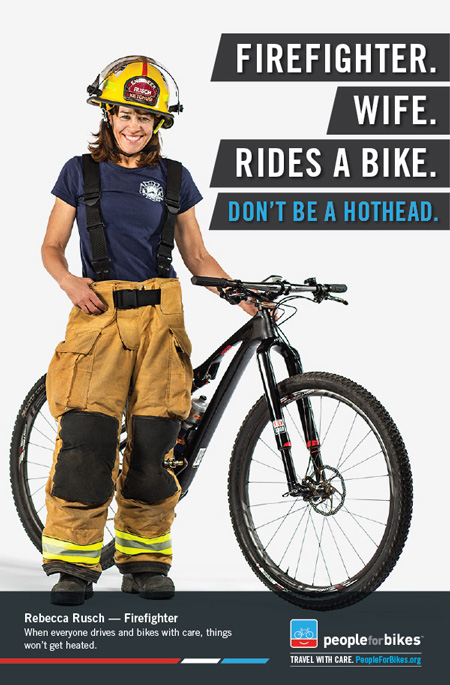
How is it that Denmark has lower injury and death rates than the U.S. for bicyclists, but so few helmets? From streetsblog.org.
At least that is what the recent Governor’s Highway Transportation Association report implies. Spotlight on Highway Safety: Bicyclist Safety, released October 27, has gotten a lot of attention, for good and bad reasons. The really disturbing part is the big take-away “facts” that the report highlights: cyclist deaths are reported to be increasing (16% between 2010 and 2012), and two factors — cyclists using alcohol and not wearing a helmet — are said to be major factors behind that. You can imagine how well that confirms what skeptics of cycling and bike infrastructure already believe: it’s dangerous, and it’s cyclists’ fault.
Responses in Urbanful and other places reveal major problems in these results — problems that reveal entrenched, distorted perceptions of bicycling (see the League of American Bicyclists’ response here, and discussion on NPR’s Diane Rehm show here).
Is Cycling Becoming More Dangerous?
Where to begin? The biggest one is that the supposed “trend” in greater cyclist fatalities is based on data from 2010-2012. At the risk of stating the statistically obvious: 3 years does not constitute a trend. It’s not enough data points.
Second, these statistics do not at all take into account the greater number of people bicycling. Proportional to the number of cyclists on the road, the trend is downward: cycling is getting safer. Even the US Department of Transportation statistics support that.
And finally, if you look at the actual numbers on a state-by-state basis, one thing really jumps out: the two states with the worst conditions for bicycling, Texas and Florida, also have the highest increase in cyclist deaths. So does that mean that there is an especially large number of drunk, helmet-less cyclists in those states? Or could it be that, ahem, more people are bicycling but the roads in those states are the least conducive to bicyclist safety?
Helmets and Alcohol
This points to the other glaring problem (to put it nicely). The report states that significant percentages of cyclists who died in crashes had a blood alcohol level above .08 or above, or were not wearing helmets. But that data was from 2012. One year. Even less of a trend.
Secondly, that does not mean that every cyclist included in those number died because they were impaired by alcohol and/or not wearing a helmet. (Of course it’s a bad idea to ride drunk or without a helmet, but correlation is not causation, so it’s really hard to know how much those factors actually contributed).
The biggest problem, of course, is that focusing on these issues leaves the dangerous conditions on our roads completely out of the picture. Countries like Denmark with really good bicycle infrastructure have lower rates of cyclist injury and fatality and very low helmet use.
So we’re back to the original point: of course we should discourage drunk riding and encourage helmet use, but it’s misguided to put those in the spotlight when two other factors loom so large: car speeds and road design.
To be fair, the report does in the end recommend measures to make U.S. streets safer for cyclists; it’s just unfortunate that the alcohol and helmet issues were promoted as the most noteworthy results.
Taking It To the Streets
Let’s hope that the skewed message of safety does not become a discouragement for potential cyclists or an excuse to not continue with expanding bicycle infrastructure.
To end on a more positive note, check out the recent local NPR piece about bike commuting and new bike lanes in Richmond. It features a mom in Church Hill who not only bikes to school with her children, but leads a bike caravan of several kids from the neighborhood to Chimborazo Elementary. How’s that for a headline on the state of bicycling in the U.S.?



